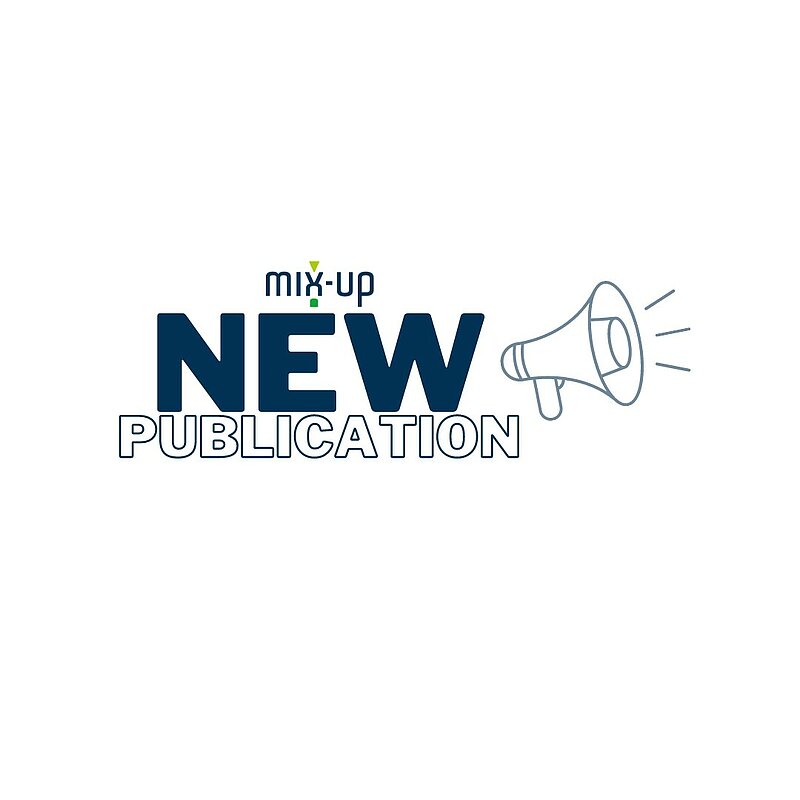As a frequent inhabitant of sites polluted with toxic chemicals, the soil bacterium and plant-root colonizer Pseudomonas putida can tolerate high levels of endogenous and exogenous oxidative stress. Yet, the ultimate reason of such phenotypic property remains largely unknown. To shed light on this question, metabolic network-wide routes for NADPH generation-the metabolic currency that fuels redox-stress quenching mechanisms-were inspected when P. putida KT2440 was challenged with a sub-lethal H2O2 dose as a proxy of oxidative conditions. 13C-tracer experiments, metabolomics, and flux analysis, together with the assessment of physiological parameters and measurement of enzymatic activities, revealed a substantial flux reconfiguration in oxidative environments. In particular, periplasmic glucose processing was rerouted to cytoplasmic oxidation, and the cyclic operation of the pentose phosphate pathway led to significant NADPH-forming fluxes, exceeding biosynthetic demands by ~50%. The resulting NADPH surplus, in turn, fueled the glutathione system for H2O2 reduction. These properties not only account for the tolerance of P. putida to environmental insults-some of which end up in the formation of reactive oxygen species-but they also highlight the value of this bacterial host as a platform for environmental bioremediation and metabolic engineering.
Read the full article here.


